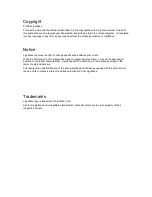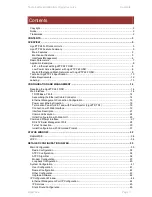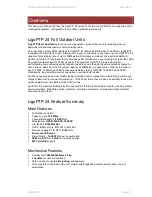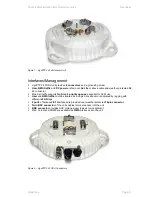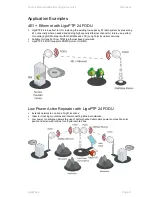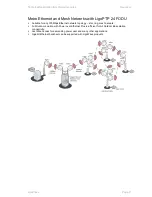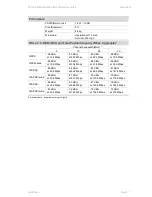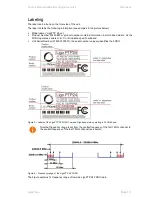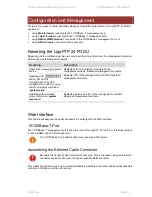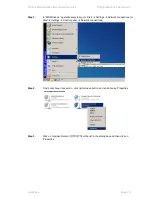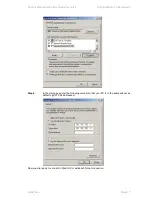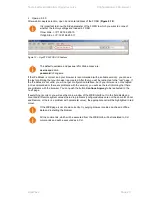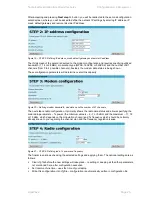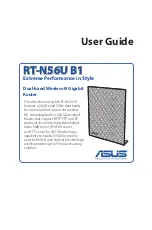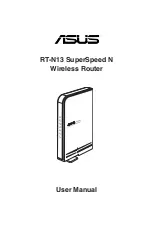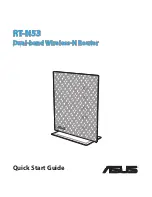
Technical Description &
Configuration Guide
Overview
LigoWave
Page 12
Cable Requirements
RS-232 Serial Connection
The ASCII console must be connected to the RS-232 serial port with Twin-BNC connector. This
requires a twisted pair (TP) cable with common shield (foil and plaited shield); the cable must be
suitable for Twin-BNC connector.
Using a proper cable, the operation is guaranteed for up to 10 m of cable.
4E1
The user equipment is connected to the LigoPTP 24 FODU via twisted-pair cable (at least 8 pairs, - 16
wires), refer to the chapter
Pinouts
for
details. The 18-pin connector is suited for cables with the
diameter from 4 to 10.5 mm.
E1 signals will be carried properly over at least 100 m of TP cable. The length of cable is restricted by
the maximum allowable attenuation, which must not exceed 6 dB.
10/100Base-T
Cat. 5e UTP or better cable is required for power supply, management of device and data traffic.
LigoPTP 24 FODU can be used with any LigoWave additionally provided Power over Ethernet
sourcing equipment (provided power >25 W). Used voltage is between 36
–57 V DC, though the
nominal voltage is 48 V, over two of the four available pairs on a Cat. 5e cable. It is possible to use
passive injectors, utilizing spare leads. Refer to the chapter
Pinouts
for detailed information about
pinouts.
Length of Cat. 5e cable must not exceed 100 meters.
RSSI BNC
To connect the digital multimeter to the LigoPTP 24 FODU RSSI port in order to adjust the antenna
alignment, a coaxial cable with BNC connector on one end and appropriate termination on other end
can be used (see example in
Figure 4
– Cable for connecting the voltmeter to the LigoPTP 24 FODU
RSSI port
).
Figure 4
– Cable for connecting the voltmeter to the LigoPTP 24 FODU RSSI port


